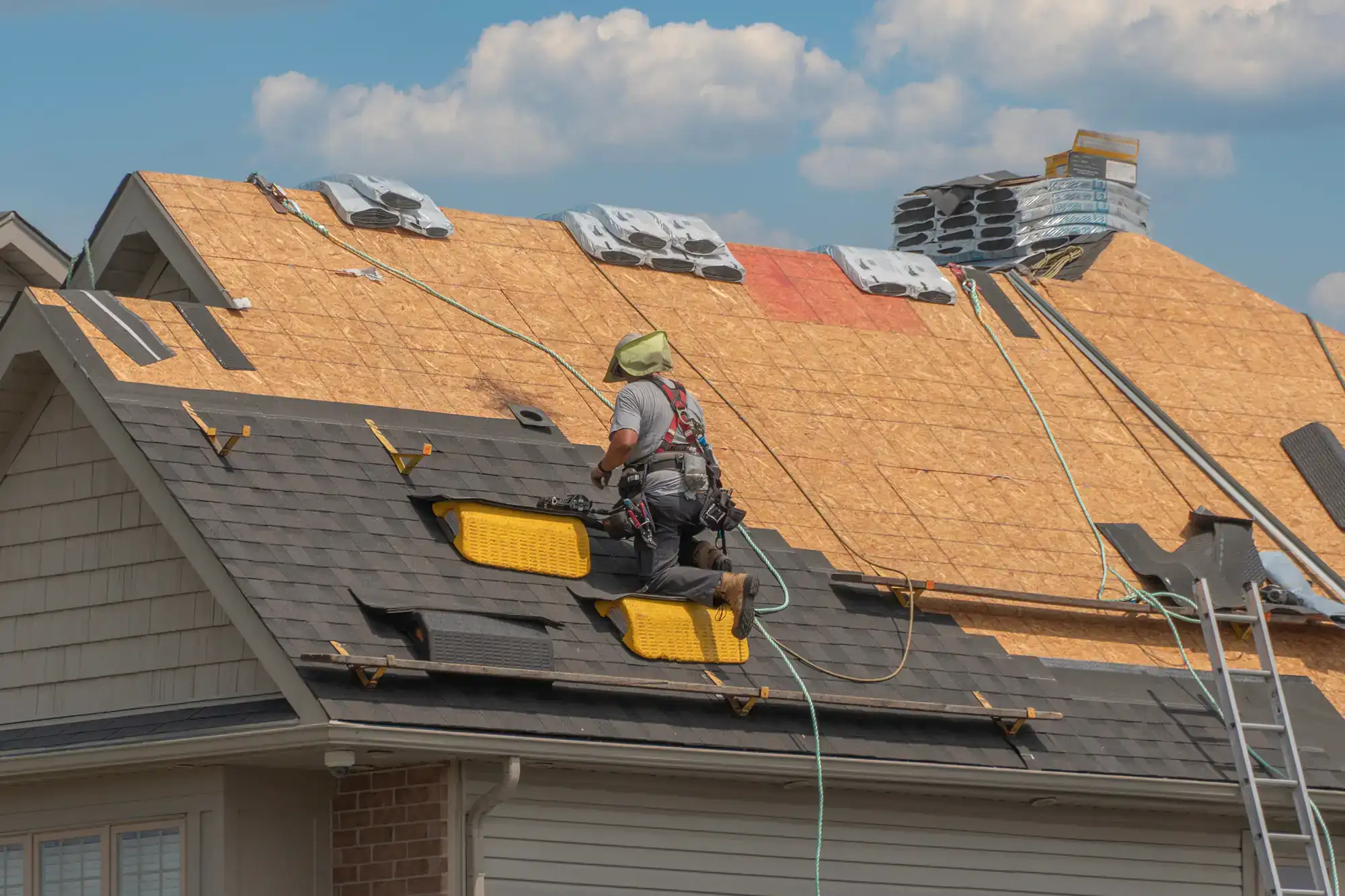
Hear from Our Customers
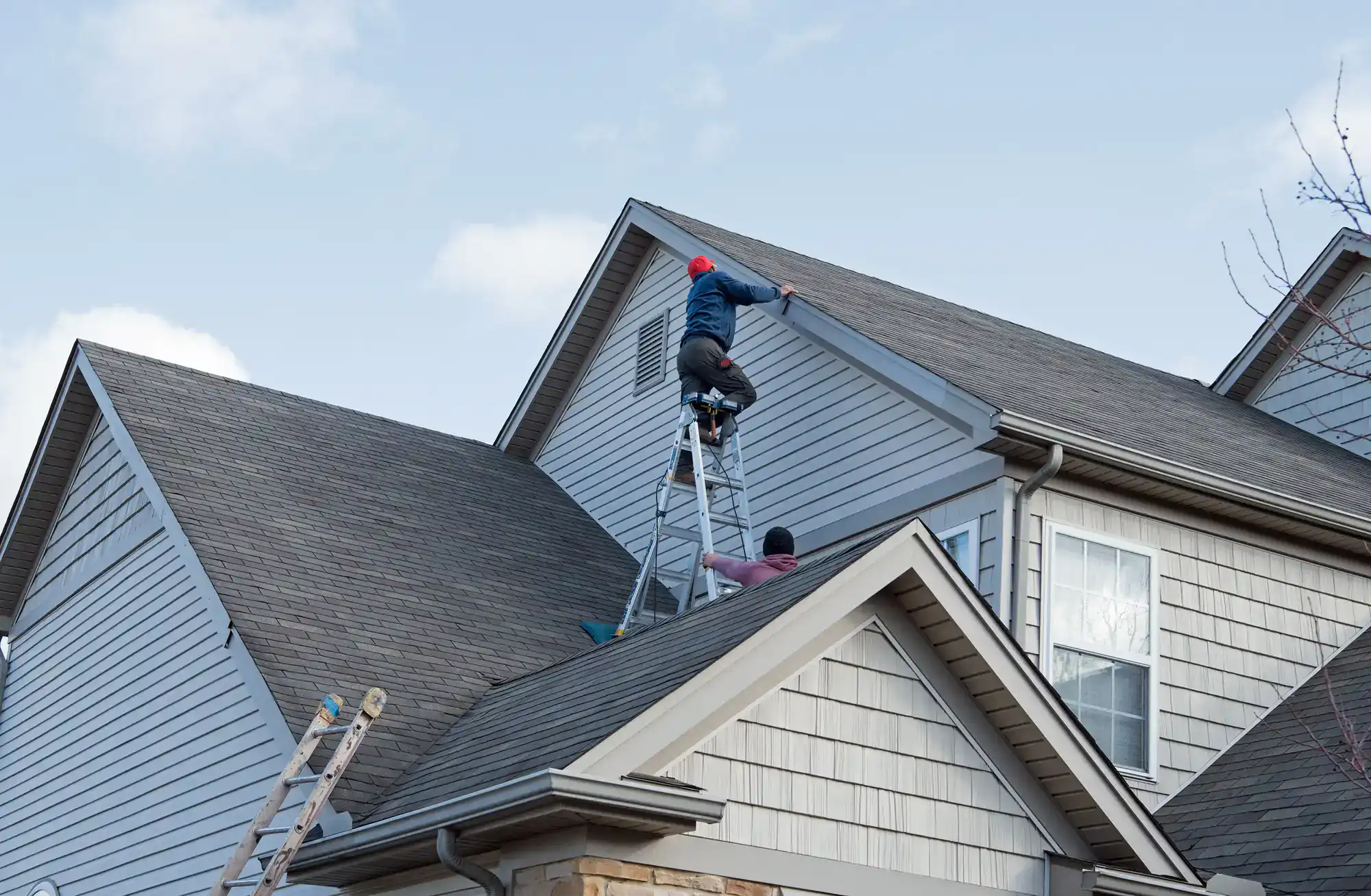
No more emergency calls after nor’easters. No buckets strategically placed around your living room. No wondering if this storm will be the one that finally does serious damage.
When your roof is properly built for coastal conditions, storms become weather events instead of home emergencies. Salt air that destroys standard materials can’t penetrate marine-grade systems. High winds that rip off poorly secured shingles slide over expertly fastened installations.
Your energy costs stay predictable because proper insulation and ventilation handle humidity without losing efficiency. Your home value holds strong because you invested in real protection designed for this environment.
Twenty-two years of protecting Wainscott homes means we understand what works here and what fails. We’ve seen standard roofing materials corrode in five years and watched properly chosen systems last decades.
Family-owned and operated since day one. When we guarantee our work, that guarantee means something because we’re not disappearing after the job is done. We’ve weathered every major storm Long Island has seen, and so have the roofs we’ve built.
You get honest assessments, not sales pitches. We’ll tell you what your roof actually needs and give you realistic expectations about how different solutions perform in salt air and coastal weather.
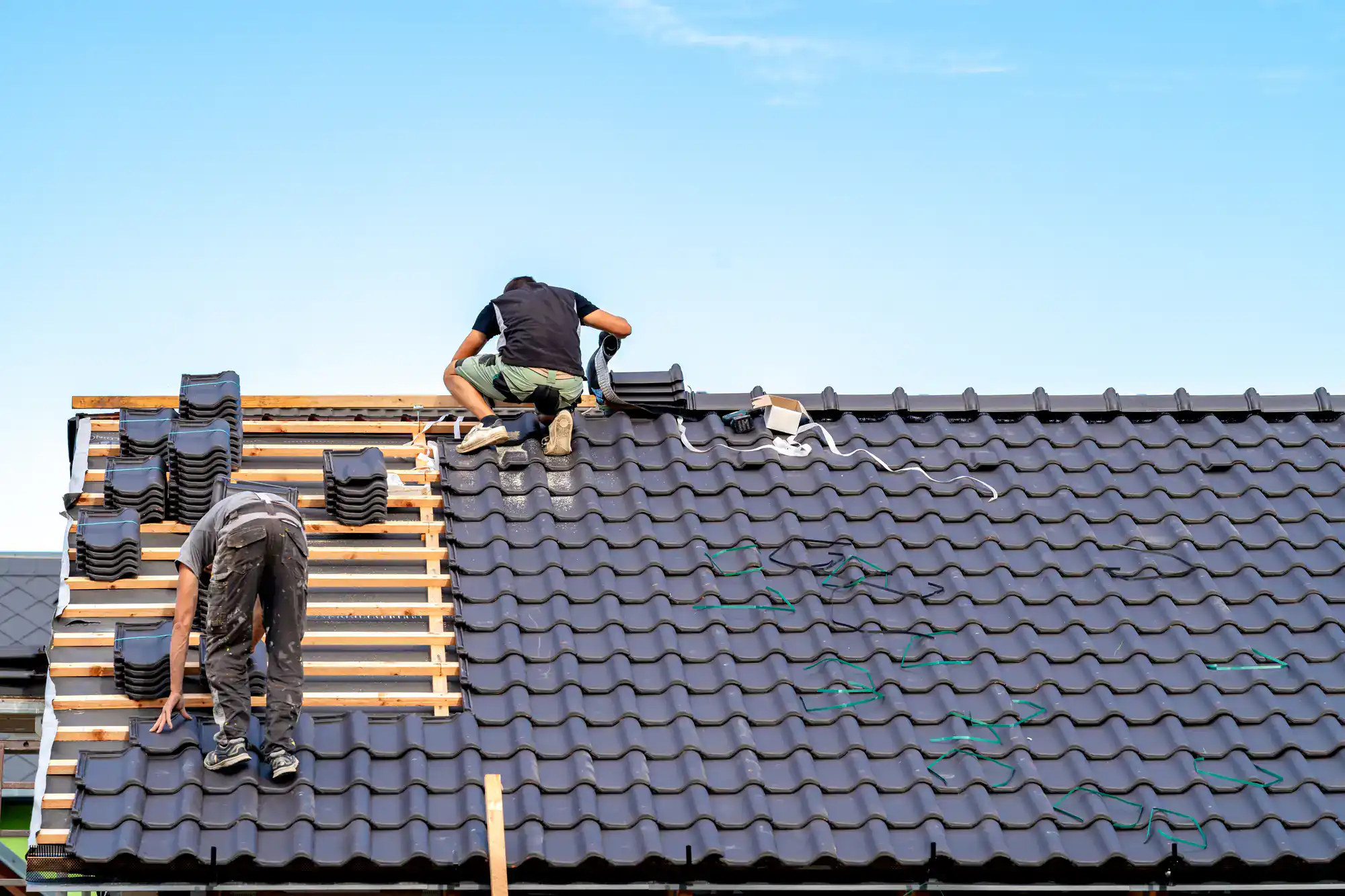
Every project starts with understanding your specific exposure. A home two blocks from the beach faces different challenges than one further inland. Salt concentration, wind patterns, and drainage requirements all factor into our approach.
Material selection comes next, based on your actual conditions rather than generic recommendations. Metal roofing systems with marine-grade fasteners for maximum salt resistance. Asphalt shingles rated for high winds with proper underlayment. Cedar options that weather naturally without losing structural integrity.
Installation follows coastal best practices developed over two decades. Flashing systems that handle salt spray. Ventilation that manages humidity without creating weak points. Fastener patterns designed for sustained high winds. Every detail matters when the next storm tests everything we’ve built.
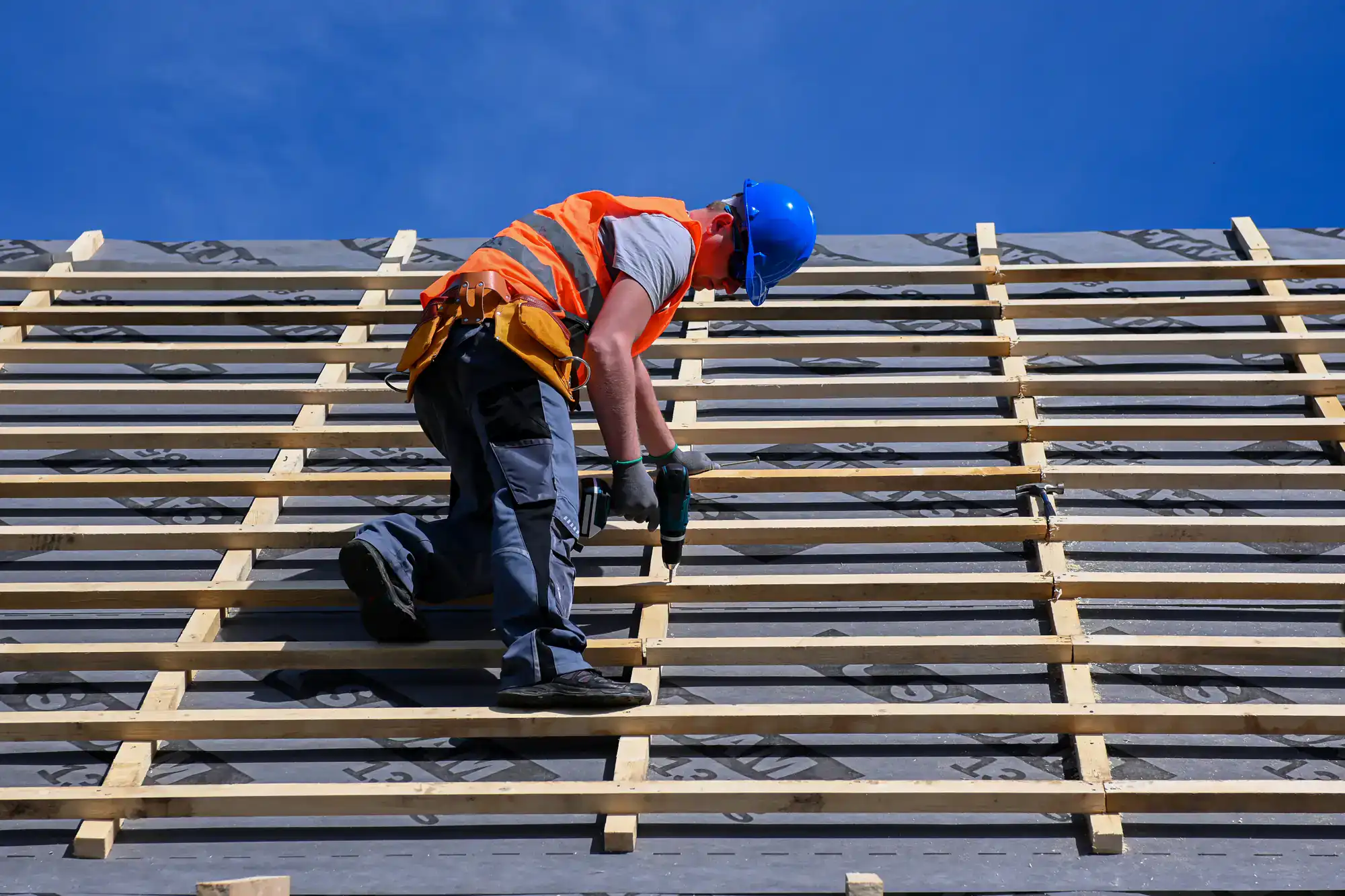
Ready to get started?
Your roofing project includes materials specifically rated for Long Island’s coastal environment. Metal roofing with corrosion-resistant coatings. Asphalt shingles designed for high-wind zones. Cedar systems that handle salt air and humidity naturally.
We handle permits, inspections, and all coordination with local building departments. Emergency repairs get priority response—typically within 12-24 hours, often faster when storms hit. Regular maintenance programs catch small problems before they become expensive emergencies.
Wainscott’s coastal location means year-round salt exposure, not just during storms. Our installations account for this constant challenge with proper drainage systems, ventilation designed for high humidity, and fasteners that maintain integrity in corrosive conditions.
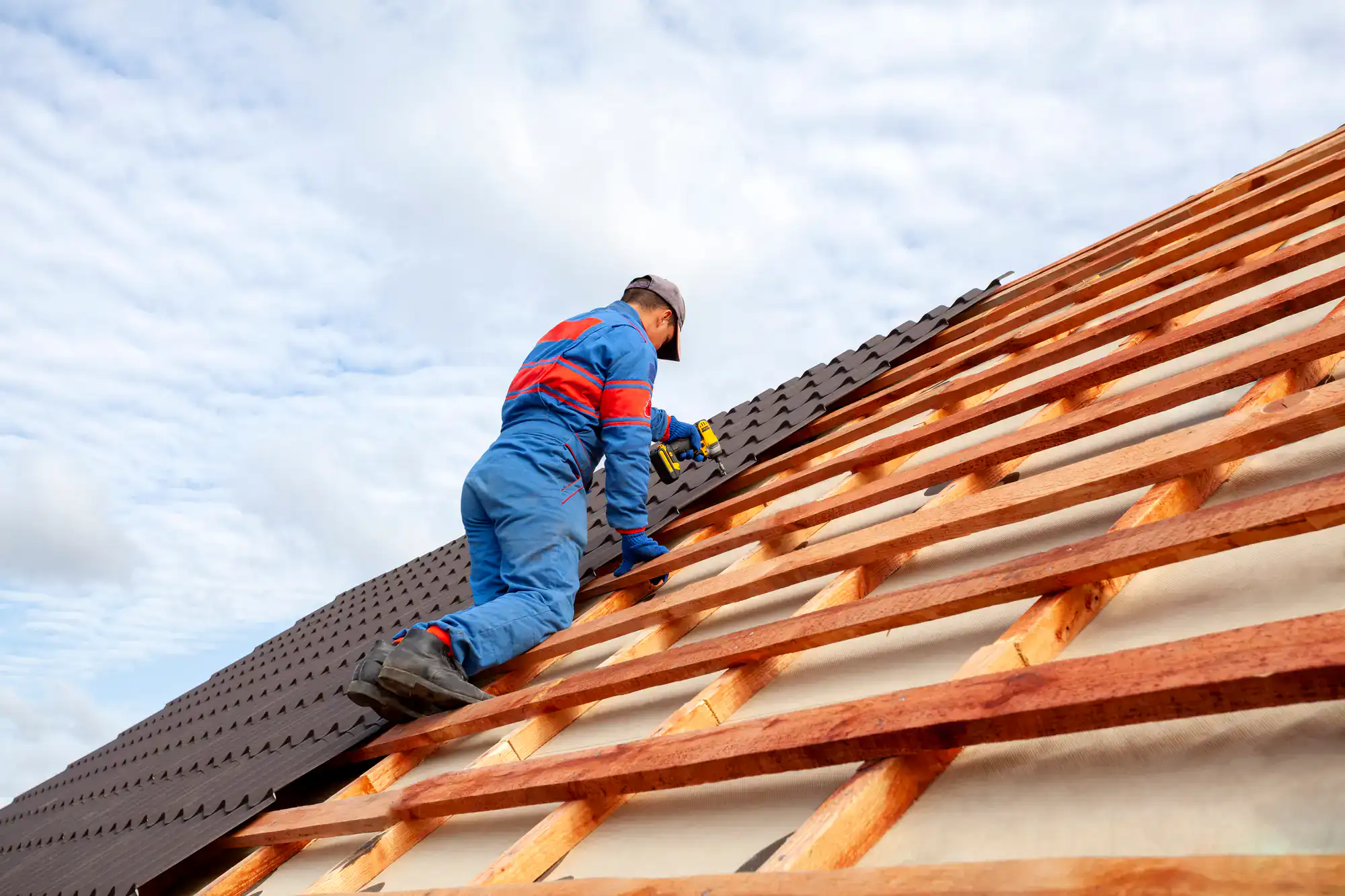
Properly installed roofs in coastal Wainscott typically last 20-30 years for asphalt systems and 40-50 years for quality metal installations, but longevity depends heavily on understanding coastal-specific challenges. Standard installations often fail in 10-15 years because they don’t account for salt air corrosion and sustained high humidity.
The key difference is using marine-grade materials and installation methods designed for coastal exposure. Standard steel fasteners corrode rapidly in salt air, while stainless steel or properly coated alternatives maintain integrity for decades. Poor ventilation in humid coastal conditions accelerates material degradation, but proper airflow systems significantly extend roof life.
We’ve maintained roofs installed in the 1990s that are still performing well because they were built with coastal conditions in mind from the start. The upfront investment in proper materials and methods pays for itself through extended lifespan and fewer emergency repairs.
Metal roofing excels in coastal environments when properly specified—aluminum and steel systems with marine-grade coatings resist salt air corrosion and handle high winds better than most alternatives. Cedar shingles also perform exceptionally well, naturally weathering to a protective patina that improves moisture and salt resistance over time.
High-quality asphalt shingles work well when properly rated for coastal wind zones and installed with appropriate underlayment and fastening systems. The critical factor is avoiding standard residential materials that perform adequately inland but fail quickly in salt air.
Avoid any system that relies on exposed steel components unless they’re specifically rated for marine environments. Standard flashing, gutters, and fasteners corrode rapidly near the ocean. Every metal component must be chosen for coastal exposure, or you’ll face premature failures and ongoing maintenance issues.
Coastal roofs need professional inspection twice yearly—spring and fall—plus after any significant weather event. The combination of salt air, sustained humidity, and weather extremes accelerates wear patterns that aren’t always visible from ground level.
Spring inspections identify winter damage before summer storm season arrives. Fall inspections ensure your roof is prepared for nor’easters and potential ice damage. Post-storm inspections catch problems while they’re manageable rather than after they’ve caused interior damage.
Between professional inspections, watch for obvious signs like missing or damaged shingles, clogged gutters, or water stains inside your home. However, don’t rely solely on visual checks—salt air damage often begins in concealed areas like flashing connections, ventilation systems, and fastener points that require professional assessment to evaluate properly.
Yes, we provide emergency roof repair with typically 12-24 hour response time, often faster depending on the severity and weather conditions. Coastal storms can escalate minor issues into major problems quickly, so rapid response is essential for preventing extensive water damage and interior destruction.
Our emergency services include temporary waterproofing, professional tarp installation, and immediate repairs to stabilize your roof while permanent solutions are planned. We maintain inventory specifically for emergency repairs because standard supply chains often fail when storms impact multiple properties simultaneously.
Emergency response covers everything from sudden storm damage to unexpected leaks that threaten your home’s interior. We’ll secure the immediate situation, then provide clear timelines and estimates for permanent repairs once conditions allow proper assessment and materials can be safely delivered.
Our maintenance programs include comprehensive bi-annual inspections, professional gutter cleaning, minor repairs, and detailed condition reports with photographic documentation. For coastal properties, we also inspect and clean ventilation systems, check all flashing for salt corrosion, and ensure drainage systems handle the higher moisture loads common in waterfront areas.
Maintenance visits identify problems in their early stages—loose shingles before they blow off, small leaks before they cause interior damage, corroded fasteners before they fail completely. We also remove debris that accumulates more frequently in coastal areas due to sustained high winds and salt spray.
Each maintenance visit includes a written report with digital photos documenting your roof’s current condition and any recommended actions. This documentation proves valuable for insurance claims if storm damage occurs and provides clear timelines for planning future repairs or replacement projects.
We work directly with insurance companies and provide comprehensive documentation to support your claim, including detailed photos of damage, material specifications, and repair estimates that clearly distinguish storm damage from normal wear and maintenance issues.
Our extensive experience with coastal storm damage ensures nothing gets overlooked in the claims process. Insurance adjusters don’t always understand how salt air affects roofing materials or why certain damage patterns occur more frequently in coastal environments, but we can provide the technical explanations they need.
We handle all paperwork, coordinate directly with adjusters for property inspections, and provide detailed repair specifications that meet insurance requirements while ensuring proper protection for your coastal location. Our goal is getting your roof properly restored without you having to navigate the complex claims process alone or accept inadequate repairs.